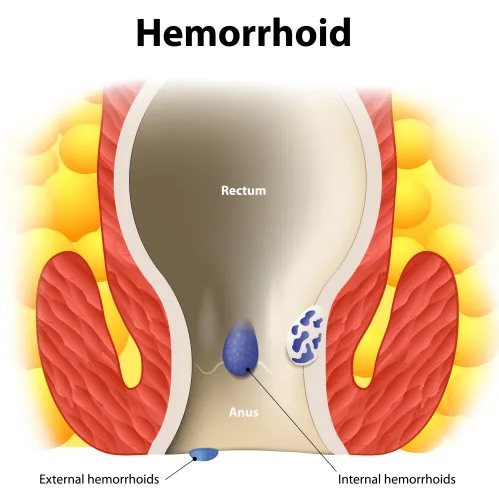Gastroenterology Coding Alert
ICD-10-CM:
New Proposed Codes Could Change Your Diverticulitis Coding in October
Published on Mon Jun 19, 2017

You’ve reached your limit of free articles. Already a subscriber? Log in.
Not a subscriber? Subscribe today to continue reading this article. Plus, you’ll get:
- Simple explanations of current healthcare regulations and payer programs
- Real-world reporting scenarios solved by our expert coders
- Industry news, such as MAC and RAC activities, the OIG Work Plan, and CERT reports
- Instant access to every article ever published in Revenue Cycle Insider
- 6 annual AAPC-approved CEUs
- The latest updates for CPT®, ICD-10-CM, HCPCS Level II, NCCI edits, modifiers, compliance, technology, practice management, and more
Related Articles
Other Articles in this issue of
Gastroenterology Coding Alert
- ICD-10-CM:
New Proposed Codes Could Change Your Diverticulitis Coding in October
Appendicitis, cholelithiasis are also diagnosis codes to watch. Diverticulitis coding could be set for a [...] - E/M Coding:
Navigate the Thin Line Separating 99211 From Non-Billable Visits
Can an Rx pickup constitute a 99211? In very rare cases, yes. Gastroenterology practices probably [...] - Patient Privacy:
Lack of Signed BAA Cost This Gastroenterology Group $31,000
Business agreements can protect everyone involved. If your practice takes business associate agreements lightly, it’s [...] - You Be the Coder:
Does Number of Stones Decide Number of Codes?
Question: We performed stone removal during an endoscopic retrograde cholangiopancreatography (ERCP) and we aren’t sure how [...] - Reader Question:
Know How MACRA Payments Work
Question: How does quality reporting under MACRA relate to earlier programs such as PQRS, EHR, and [...] - Reader Question:
Turn to Unlisted When Warranted
Question: Our gastroenterologist performed endoscopic tissue marking with the assistance of a clip. Which code describes [...] - Reader Question:
Prep for This Common Patient Question
Question: One of our patients called the other day and asked us several questions about an [...] - Reader Question:
Critical Care Rules Apply Across the Age Gap
Question: Our gastroenterologist has never done rounds at a children’s hospital, but this weekend there was [...]
View All




